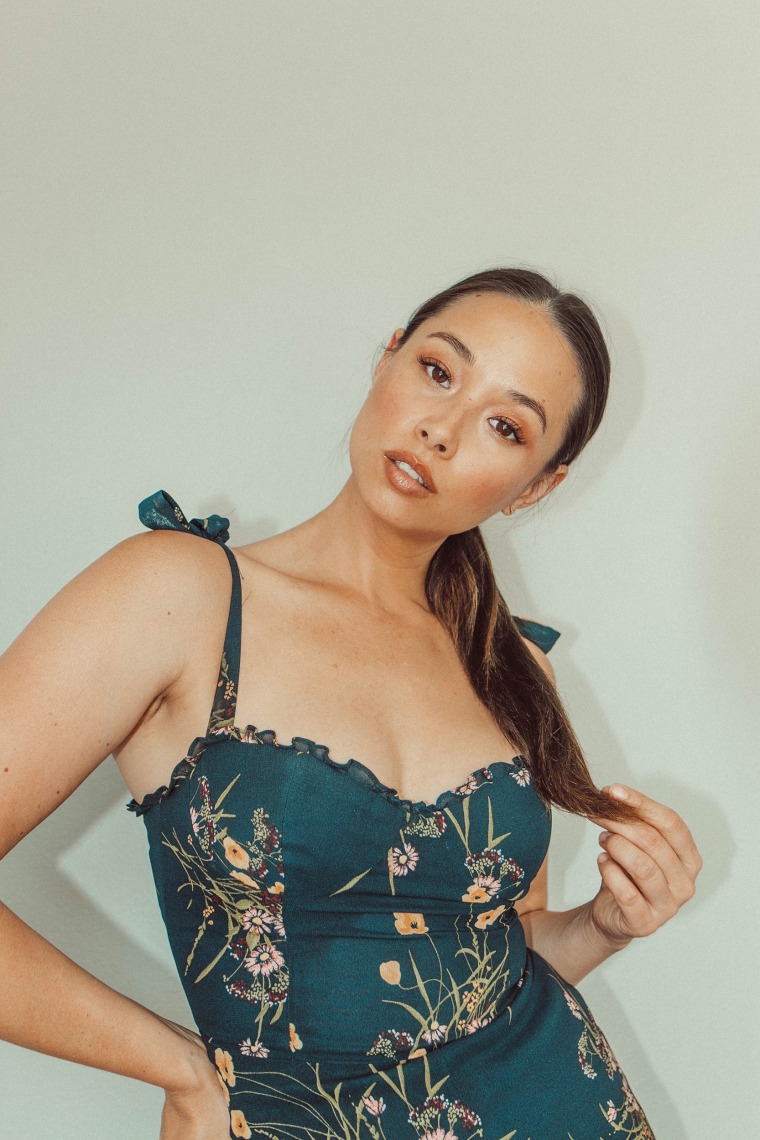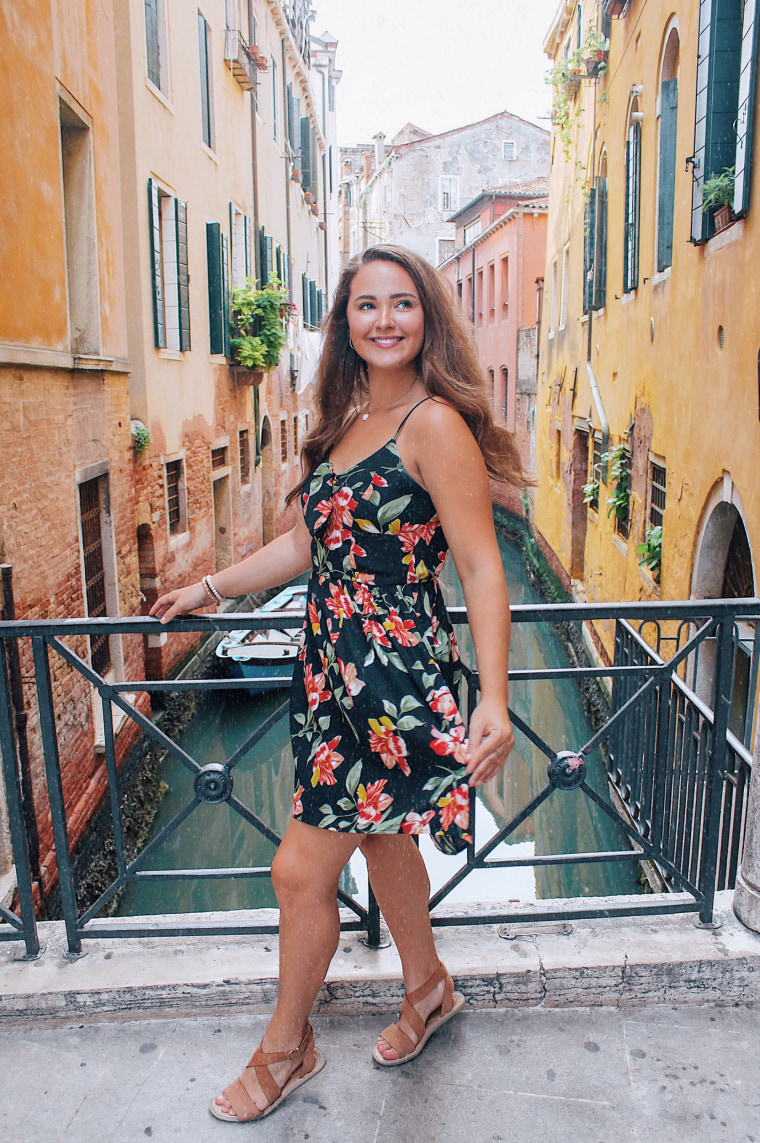Have you considered offering beauty tutorials on Youtube to make money? See examples of young adults starting careers on Social Media and promoting it on Youtube to make money. Visualize similar ideas in the Cosmetology field such as promoting a makeup course, hair design classes and more in the Cosmetology field. Start by taking classes before you dive into a Cosmetology tutorial videos on Youtube. Dare to dream?

Aja Dang, Margot Lee and Raegan McKenzie make money off YouTube in different ways.Aja Dang/Raegan McKenzie/Sam Lane
It’s a question almost every child gets: What do you want to be when you grow up?
Twenty years ago, common answers might have included a firefighter, doctor or maybe an actor. According to a recent study by Lego, American kids these days want to be YouTubers — someone who creates content on the video-sharing network owned by Google.
YouTube, based in San Bruno, California, now has 2 billion monthly unique users — 50 million of whom create videos. And each YouTuber is not like the other. You can find beauty and fashion gurus like Zoella or Jeffree Star, kids like Ryan ToyReviews or gamers like PewDiePie.
Many young adults and teenagers are drawn to YouTube for the fame and money, but others are taking their careers to the next level with a college degree.
Classes focused on YouTube and social media are on the rise at universities and colleges. The University of Southern California offers several classes in video production and video storytelling, as well as a master’s program in digital social media. An Italian online university recently announced an “influencer” degree. And Syracuse University in upstate New York offers video production classes and has a new pop-up workshop class this fall, taught by YouTuber Margot Lee and Professor Corey Takahashi, on how to forge a YouTube career.
“College is the time to experiment,” Takahashi told TODAY by phone. “What I really like about the influencer thing… is that it does teach young students how to be entrepreneurs.”
With the new generation aspiring to be YouTubers, how do current YouTubers handle this unorthodox career?
The full-timer: Aja Dang

Aja Dang, 32, started her YouTube channel in 2011 as a requirement for a graduate school class at the University of Southern California.
“For me, it’s a stepping stone,” she told TODAY by phone from her home in Los Angeles. “It’s a better understanding for who I am and what I do. But I don’t anticipate seeing myself on YouTube for the rest of my life.”
A former broadcast journalist, Dang appreciates the creative control and flexibility she has with YouTube. She can give her 388,000 subscribers content that she wants to make — when she wants to make it. Currently, Dang’s channel makes up 100% of her income — but not without its challenges.
“Honestly, sometimes I make $0 a month and the most I’ve ever made is $30,000,” Dang said. “It really depends on what is happening. Sometimes I don’t even get paid for years; I’m still waiting for payment from a brand from two years ago. It really just depends; it doesn’t matter how much I work each month, it’s whether one brand chooses to honor their commitment to me. Sometimes I don’t get paid at all that month, which is kind of stressful.”
Source of income is a big challenge for YouTubers today. Data suggests that those hoping to make a quick buck should look elsewhere. According to Mathias Bartl, a professor at Offenburg Univerity of Applied Sciences in Germany who studied 10 years of YouTube data, generating at least 1 million video views a month is worth $12,000 to $16,000 a year in advertising revenue. Dang had to build a large following before forging brand deals. And even then, it took her four years to build a channel that generated enough income to live on.
The micro-influencer: Raegan McKenzie

Raegan McKenzie, a 20-year-old student at The King’s College in New York City, makes a small revenue from her videos as a YouTube partner. This means she is able to put ads on her videos.
“This month, I made around $150 to $200,” McKenzie told TODAY. “It’s been going up about 20% a month because of subscriber and view count going up and engagement on videos.”
But, McKenzie warns, this doesn’t happen right away. Before she could become a YouTube partner, she had to reach a threshold of 1,000 subscribers and 4,000 hours of watched videos. Then, there is a review period, during which YouTube makes sure the videos follow its guidelines. Even after approval, most people won’t make money right away. It took McKenzie four months to make what she does now.
The social media guru: Margot Lee

Margot — who goes by Margot Lee online and has requested to keep her last name private — told TODAY that while she monetizes some of her videos, she considers that revenue to be “a fraction” of what she makes through brand deals.
The 21-year-old is an advertising major and senior at Syracuse University. She has more than 427,000 subscribers on YouTube and 188,000 followers on Instagram. Despite her large following, Margot takes a cautious view of social media and says she wouldn’t be surprised if a new platform emerges, taking users away from YouTube.
She has good reason to be circumspect: Back in 2004, before the rise of YouTube and Facebook, the biggest social networking site was Myspace. Now, 15 years later, some are starting to wonder if Facebook is headed in the same direction.
“There are a lot of factors that go into that for me,” she said. “For example, I don’t know when, in the future, I have a family and kids, if I want to be publishing that on YouTube. I think that’s a whole new level of getting into your personal life. Because you’re putting people on it who haven’t said if they want to be on it…in terms of children.”
The struggle to stand out
Attracting viewers among millions of videos on YouTube is extremely difficult. It can cause some people to fall into popular trends as they try to create the latest viral video. It’s part of the reason why there’s a dulling sameness about many Instagram feeds as travel influencers visit popular sites, like the Eiffel Tower or New York City’s Times Square, creating images that look eerily similar.
While copying can be one way to gain followers, Dang believes it will only get you so far.
“You kind of need to block out what is going on — on the channels and what is popular at the moment — and figure out what path you want to take,” she said. “It took me years to figure out the content that really meant something to people who follow me, and that, to me, is more meaningful than having a video go viral.”
Margot stumbled upon her niche when applying to colleges. She saw there weren’t many videos about college life and students, so she decided to fill that void, especially since she was going to college anyway.
While it helps to see what content is popular right now, Margot suggests figuring out what you’re good at to bring out your most authentic self. When you are an “expert” or love doing something, your content will seem natural and more genuine. People can turn to you for specific advice that they can’t easily get from someone else, giving your channel value.
‘Just Start’
“You don’t need fancy videos,” McKenzie said. “I mean, people enjoy fancy videos but they enjoy what you are saying and bringing to the table a lot more.”
And you don’t need a college degree to be successful on YouTube. “If you want to make YouTube your full-time career and have a fashion channel or a beauty channel,” Margot said, “there is definitely the opportunity to skip out on school, which I think a lot of people are doing right now.”
But as YouTube career opportunities increase and universities offer classes focused on social media, there are benefits to going to college.
Margot, as an advertising major, has been able to learn a lot of valuable back-end information about branding, communications law and other matters she wouldn’t ordinarily get to learn about if she didn’t go to college.
Students attending Syracuse University have an advantage with the pop-up class that she and Takahashi will be teaching in a workshop format later this semester. The goal of this class is to teach students how to find their audience and niche while being consistent across all social media platforms. And since it takes place in one day, students can take crazy chances, risks and make mistakes without affecting a grade or career.
Whether or not you go to college, if you eventually want to pursue YouTube as a career, Dang has simple advice.
“Just start,” she said plainly. “Just start putting out content and see what people lean towards in terms of what you put out there. There is going to be a lot of trial and error early on as you start this journey, so just listen to your gut. And don’t be afraid to put out content that makes you happy.”
Learn more about cosmo careers at BeautySchoolPrograms.com.
